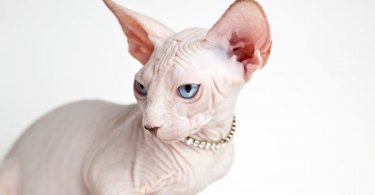Advertisements
Adaptable Shorthair Cats
Lifestyles
The European Shorthair cat, also known as the common or domestic shorthair, is a breed of cat that is widely found throughout Europe.
Unlike many purebred cat breeds, the European Shorthair is a natural breed that has evolved over centuries to become a sturdy and adaptable feline.
In this essay, we will explore the history, appearance, temperament, and care of the European Shorthair cat.
1. History
The European Shorthair cat is a natural breed that has evolved over centuries in Europe.
These cats were originally bred for their hunting skills, as they were often kept by farmers to control rodents and other pests.
Over time, the breed became more domesticated and began to be kept as companion animals.
While the European Shorthair has been a popular cat breed in Europe for centuries, it was not recognized as a distinct breed until the 1980s, when the first standard for the breed was established.
2. Appearance
The European Shorthair cat is a medium-sized cat breed that typically weighs between 8 and 15 pounds. It has a short, dense coat that comes in a variety of colors and patterns, including tabby, black, white, and calico.
The European Shorthair has a sturdy, muscular build and a round face with large, expressive eyes.
While the breed is not known for any particular physical trait, it is admired for its overall balance and proportion.
3. Temperament
The European Shorthair cat is known for its friendly and sociable temperament.
These cats are highly adaptable and can make themselves at home in a variety of environments, from small apartments to large homes.
They are affectionate and enjoy spending time with their human family, but are also independent enough to entertain themselves when necessary.
The European Shorthair is generally well-behaved around children and other pets and is not known for being particularly aggressive or territorial.
4. Care
The European Shorthair cat is a relatively low-maintenance cat breed when it comes to grooming.
Its short, dense coat requires little brushing or maintenance, although it may shed more heavily during certain times of the year.
The European Shorthair should be fed high-quality cat food that is appropriate for its age and activity level, and should always have access to fresh water.
Like all cats, the European Shorthair should be taken to the vet for regular check-ups and vaccinations to ensure its health and well-being.
4. Conclusion
With its friendly and sociable temperament, the European Shorthair makes a great companion animal for families and individuals alike.
Since the European Shorthair is a natural breed, it is generally healthy and free from many of the genetic health problems that can affect purebred cat breeds.
With proper care and attention, the European Shorthair can make a wonderful addition to any family.






